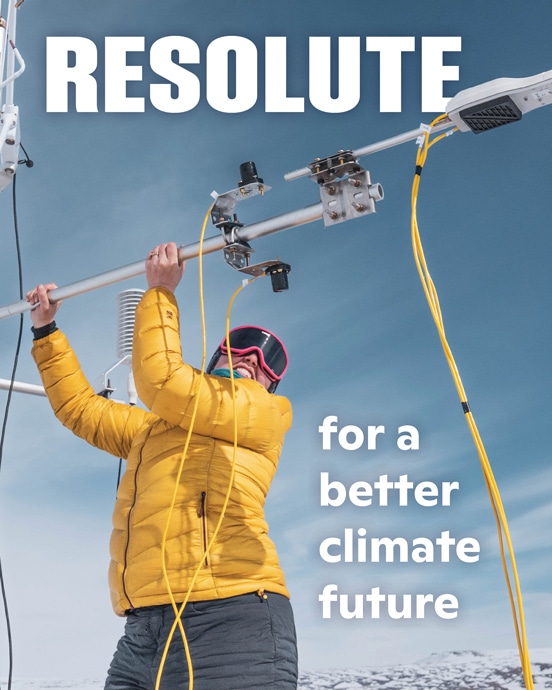Harnessing agricultural data with standards and interoperability

The Biden Administration and Congress have a singular opportunity to advance climate change mitigation and adaptation goals through agriculture while improving economic outcomes for producers by promoting improved soil health as a climate change and natural infrastructure solution. Leveraging the ability of agricultural soils to mitigate GHG emissions and sequester atmospheric carbon is not a novel concept as agricultural soils estimated to have an impact potential of 0.25 Gt/year CO2 in the United States and 3 Gt/year CO2 globally, second only to bioenergy-based carbon capture according to the National Academy of Sciences (National Academy of Sciences, 2019). To realize this potential, we must promote agricultural management strategies that minimize GHG emissions and maximizing carbon sequestration as a primary goal of federal agricultural climate policy. This goal can be met through incentive payments for adopting beneficial practices, providing outcome-based payments for soil carbon sequestration and other emissions reductions, and aligning subsidy, crop insurance programs, and lending practices. To be successful, high-quality agricultural and environmental datasets are required to demonstrate the efficacy and associated benefits of key agricultural practices across diverse soil types, cropping histories, and climates. This requires that agricultural and environmental data infrastructure and sharing capacity be modernized on a national scale.
However, we are currently in the ‘wild west’ of agricultural data. Myriad players in the agricultural data space–farmers and ranchers, federal agencies, research institutions, and private enterprises–produce, collect, and collate discrete and overlapping data types. Data collection tools such as producer surveys and remote sensing technologies are often disconnected, with the agronomic and environmental data being collected, stored, and analyzed by different parties. Ultimately, producers pay the price of these inefficiencies through duplicate data capture between producer programs–both private and public. For example, producers seeking advanced technical support or aiming to enroll in a carbon program must spend hours, or even days, providing information that has often already been collected and stored by federal agencies, conservation districts, or private crop advisors. The federal government can play a pivotal role in minimizing this data burden for producers, improving data quality, and unlocking research and market value across the agricultural sector. A recent example of government initiatives to reduce the burden of Federal reporting on growers is the Acreage Crop Reporting Streamlining Initiative (ACRSI) from the Omnibus Appropriations Bill, which allows farmers, insurance agencies and service providers to communicate reporting data electronically with the USDA.
The USDA is the sole entity with consistent records and access to farmers across the U.S. and has already demonstrated the effect of increased data exchange efficacy in crop insurance. The USDA is best positioned to centralize and lead this effort and concurrently improve data tool accessibility and utility for farmers and ranchers to support the transition to production systems with improved ecological, economic, and socially equitable outcomes. The USDA is already a role model for data sharing having implemented the Agricultural Data Commons which functions as a centralized data registry and repository, providing access to agricultural research data produced from USDA-funded projects.
Here, we outline a series of policy recommendations to facilitate modern data collection that address barriers, ensure interoperability, and provide a foundation for improving environmental and economic outcomes for producers. We believe that these are essential steps to help reduce the data collection burden for U.S. farmers and ranchers, promote cross-functional collaborations between all agricultural players, and help the U.S. achieve its climate change mitigation goals in accordance with the Paris Agreement.




